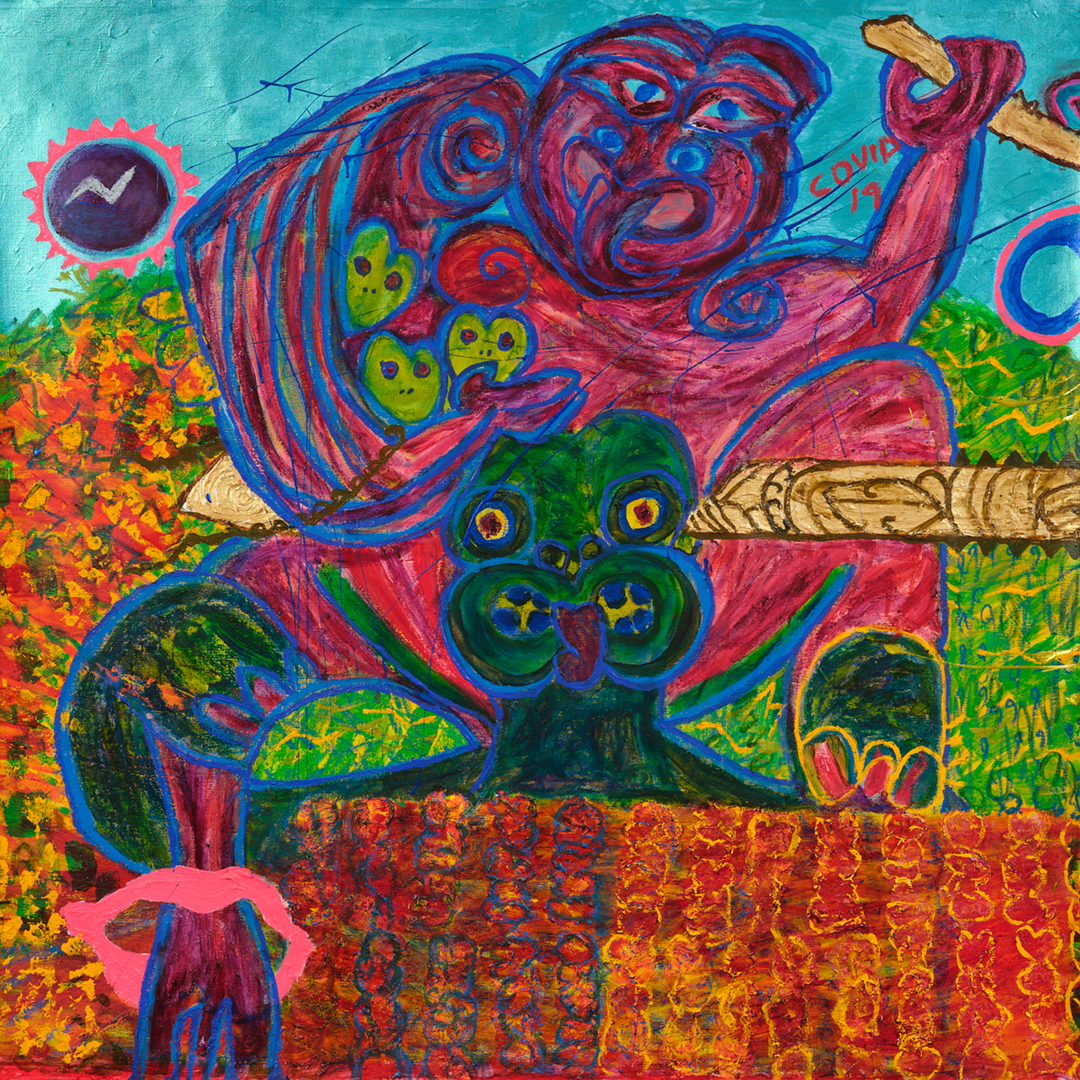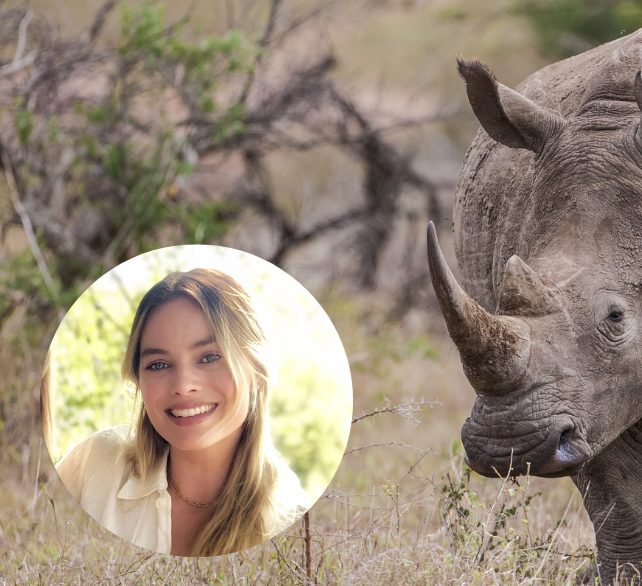In the age of rushing, we’re finding ourselves with a slow movement on the rise. Soon the days of celebrating ‘busy’ will be long gone. No longer will we wear busy like a badge of honour.
With the burnout epidemic coming to a head in early 2019 – after the World Health Organization recognised workplace ‘burnout’ as an occupational phenomenon – we’re looking optimistically into the future. The tides are turning, it’s time to start looking at how we, as a society, can start to slow down.
Spearheading the slow movement is Brooke McAlary. An Australian native now residing in Canada, McAlary is founder of Slow Your Home (slowyourhome.com), The Slow Home Podcast and author of SLOW and Destination Simple. It’s safe to say, McAlary is a bit of an expert when it comes to the slow life. So, what does it actually mean to go slow?
McAlary explains in her book SLOW, that everyone has a different view on what it means to live a slower life, and this is because there is no one-size-fits-all approach on life. For McAlary, slow living is about living in accordance with the important things in your life. Through cultivating self-awareness, removing excess items from your home and getting in touch with your personal values, you will be able to start on the slow life journey.
As McAlary says in SLOW, “It’s about life. The living part, specifically. It’s about paying attention to it and spending time in the noticing. The hand-holding and the tear stains and the sunrises and the uncertainties”.
Brittany Kendall founded Auckland’s brthe. studio (brthe.co.nz) in 2019. brthe. is better known as a mind gym that exercises the mind muscle and offers mindfulness classes for everyday people. Kendall says it was created as a space to offer people permission and accountability to slow down, to place down the stressors and tensions of a long day at the office, rather than carrying them home. Kendall believes that the choice to ‘slow down’ or ‘hustle on’ is an illusion, and we are slowly shifting to realise that as a society.
“When we don’t take the time to slow down and take care of ourselves, our bodies take matters into their own hands and force us to slow down by way of sickness, and burnout. As humans we thrive when we find balance, and as a society we have forgotten what it means to be a ‘human being’, we have become ‘human doings’.”
So, how do we begin to cultivate this sense of slow? Kendall explains that mindfulness and meditation isn’t a one-size-fits-all solution, it’s important you find the tools, practices and teachers that work for you – because the key to sustainable change is consistency. “I always say what you do little and often, counts more than what you turn to every now and again – in other words, two minutes each morning, over an hour once a month.”
Aside from using mindfulness as a tool to slow down, connecting with nature is a beautiful way to soak up the slow life. Ecologist and co-founder of wellbeing platform, For You Workshops, Ursula Griffen found her connection to nature early. Griffen grew up visiting her grandparent’s farm in the Coromandel and was immersed in the natural world. Griffen’s own journey with meditation and immersions in nature truly cemented her understanding of our interconnection.
You may notice when you go into nature that you instantly feel calmer and more at ease. It has been scientifically proven that going into nature can slow your heart rate, decrease cortisol and increase wellbeing.
Using nature to start living a slower life starts with simplicity and connecting to yourself. As Griffen explains, it’s about building a sacred relationship with nature and integrating this into your life.
“We are nature. So essentially, we need to fully live in harmony with our own bodies, build a loving relationship with ourselves, listen to our needs and wants, our intuition. Then your life will align with nature’s laws… You will be so humbled that of course you will slow down, the minor irritations that may be causing you suffering will simply wash away because you are in harmony with something larger than your own life. You will be in harmony with Mother Earth. Nature is slow, nature is generous, nature is loving, nature is kind, nature is wise.’’
With the evident effects mindfulness and nature have on our journey to slow living, our experts have some tips (see below) to start you on the slow train.
This relationship with your mind and natural places will serve you and help you to slow down and notice the sacredness of life.
Watch your thoughts
Our thoughts filter our entire life experience, and so it’s worth paying attention to the type of thoughts that we are having, and whether we have an opportunity to rewire these thoughts to be more empowering.
Bring a sense of awareness when you are getting hooked into a negative thought or belief – and try running it through a filter: Is this thought true? What evidence do I have for this? Who would I be without this thought? How could I rewrite this thought to be more empowering?
Make it a date
Make a date with your nearest park or native forest, take yourself there and simply be, meditate, read a book or notice the interactions with all the living beings there.
Find a nature spot
Find one tree or place in nature near you. Go there every week and just sit and notice things, build a relationship with this place. This place may become special to you and it will support you through whatever you are experiencing.
Grow plants
Get yourself a houseplant, get a spritzer bottle and mindfully care for this plant, build a relationship with this plant.
Breathe
Our most effective tool to hack our nervous system back into a calm balance might seem too simple to be effective. Breathe – but the way you breathe matters.
Set reminders on your phone throughout the day to do a quick check-in: where is my breath landing? Notice any sensations in the body: tension, tightness, emotions? Draw five to 10 conscious deep breaths into the stomach space – add a count if it helps: inhale for four, hold at the top of the breath for two seconds, then release into an extended eight-second exhalation, slow and controlled.
Finish with a final check-in: how have these sensations and feelings shifted for you?
Sensory Grounding
Sensory Grounding helps drop your awareness out of the monkey mind and into the body by checking in with your senses:
- Notice five things that you can see around you: colours, textures, objects, people.
- Notice four things that you can feel: your body against a surface, tension or tightness in your shoulders, tightness in your chest, emotions that are present.
- Notice three things that you can hear: these might be rhythms within your body, or sounds nearby or in the distance.
- Notice two things that you can smell: this might just be the temperature of the air entering your nose through the inhale, or sensation of fresh oxygen.
- Notice one thing that has made today a good day: we often get so caught in busyness that we miss the small moments that make each day magical, take a moment to check-in with what has gone right!







